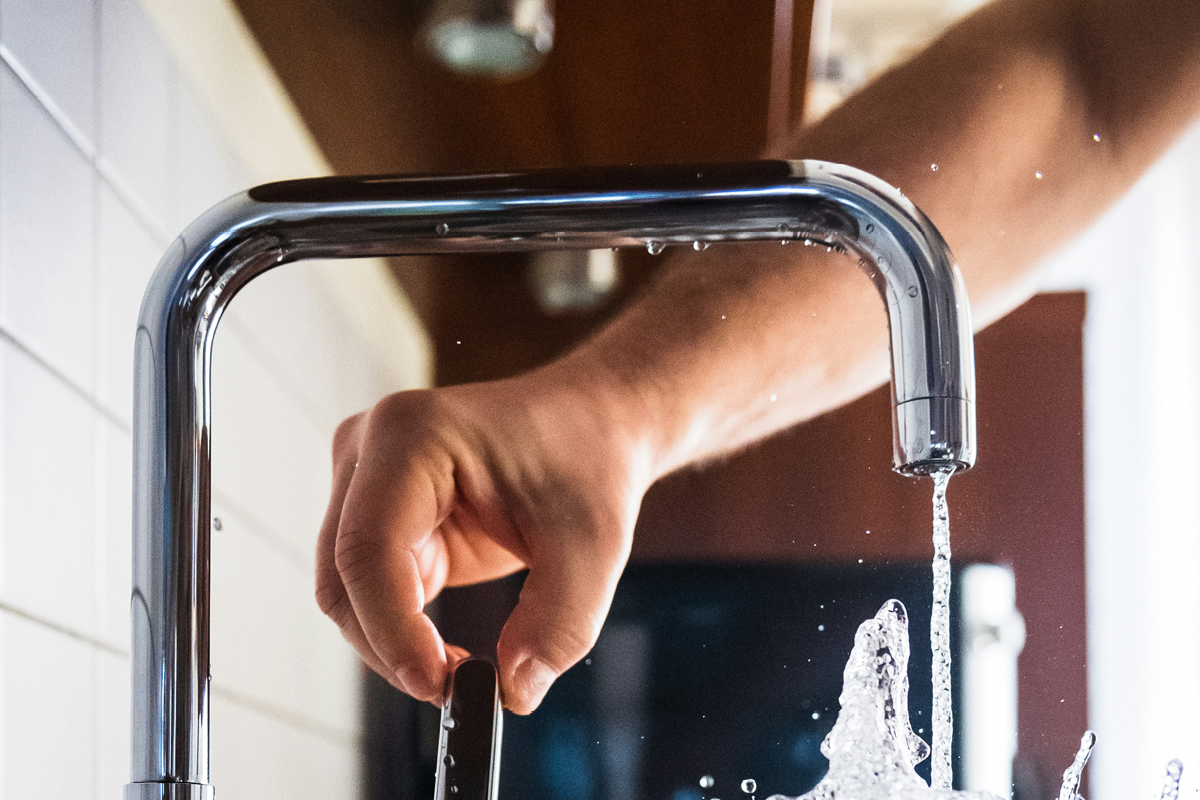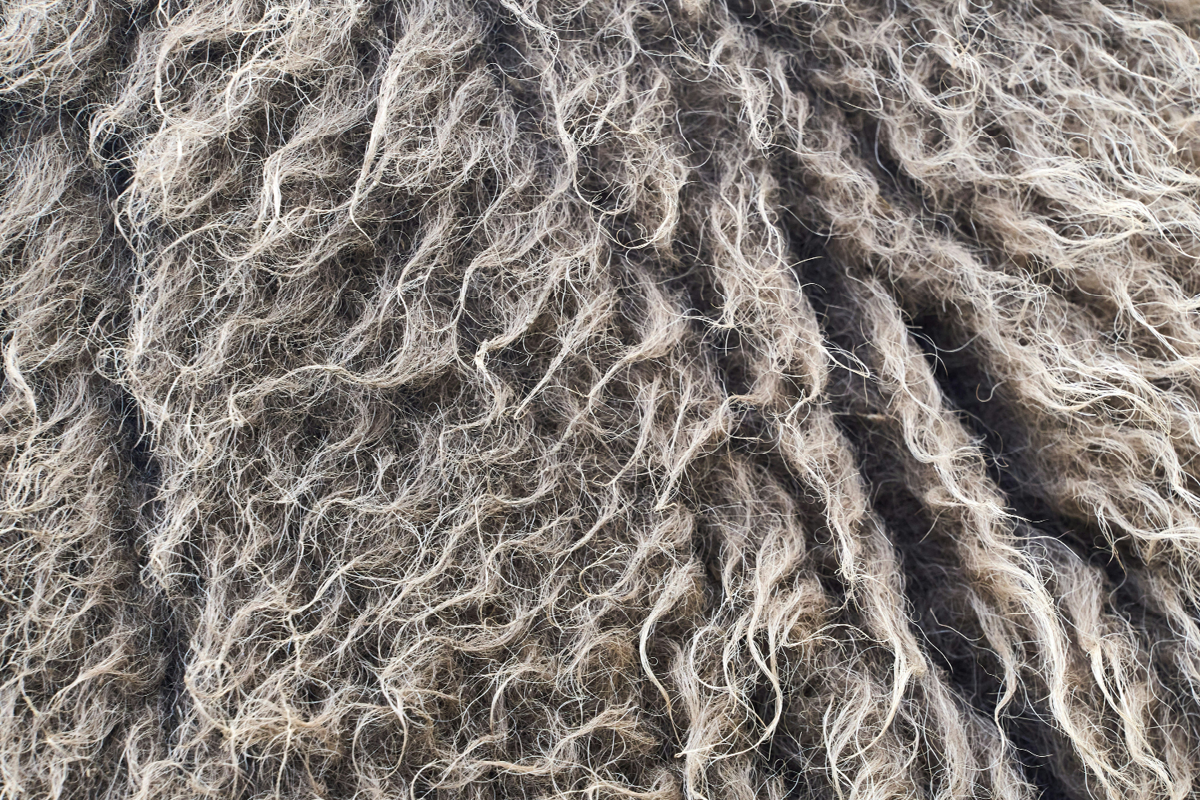HOW TO KEEP WARM WITHOUT TURNING THE HEATING ON
With energy costs continuing to rise, finding practical ways to stay warm without relying heavily on your central heating system is a smart and budget-friendly priority. Fortunately, keeping your home cosy and warm this winter doesn’t require any massive renovations or expensive gadgets. Most of the time, you can keep much warmer with a few simple daily habits, some DIY fixes, and through making the most of the heat that you already have.
This guide by heating expert Matthew Jenkins at MyJobQuote.co.uk, the UK’s leading trades-matching site, offers some practical, low-cost strategies, ranging from utilising simple textiles to essential home maintenance, that will help you create a warmer environment and keep your energy bills down.
Make Good Use of Your Curtains
Sunlight produces heat for free, so it’s important to make the most of it when possible. Open your curtains and allow the sunlight to flood in during the day to make the most of this free heat. When the sun goes down, shut your curtains. Your curtains act as an additional layer of insulation and help to keep the warmth in the room. Make sure there are no gaps or leaks to ensure the warm air stays in the room and the cold air stays outside. This can also help to reduce condensation.
Block Out The Draughts
Draught excluders can work wonders for keeping the heat in your room. DIY draught-proofing the doors, windows, and cracks in your floor can help you save around £25 per year on your heating bills. You can easily draught-proof your home yourself on a very low budget. Self-adhesive rubber seals for your windows and doors can be purchased for relatively cheaply. Draught excluders are also quite low-priced. With this in mind, it’s a good idea to invest in some sealants and draught excluders before the colder winter months.
Reflect The Heat
Heat reflectors are great for helping your home feel much warmer. You can buy radiator reflectors for relatively cheaply. Plus, they are very easy to install, so you will be able to complete this as a DIY project without having to spend any money on hiring a professional for the installation. Radiator heat reflectors work by reflecting the heat from your radiator back into the room. They are placed behind the radiator against the wall. This helps to prevent heat from being lost through the wall and, instead, it projects the heat forward into the room, making it feel much warmer.
Use Rugs
Your room may be losing a lot of heat right under your feet. Floorboards, vinyl, stone, and laminate floors can get very cold in the winter. If your flooring is old or has a lot of cracks or gaps, you could be losing a significant amount of heat through the floor. A rug can add a nice, cosy feel to the room and can help keep your feet warm. It will also help to reduce the amount of cold air creeping in and the amount of warm air escaping.
Consider Your Loft Insulation
If your loft isn’t insulated properly, you may be losing a lot of the heat from your home. Loft insulation boards or rolls of loft insulation could work wonders in helping to minimise the amount of heat that escapes through your loft and roof. Although this does require an initial investment, you can add loft insulation as a DIY project to save some money. Loft insulation is an investment that will pay off in the long run, as you can save a considerable amount on your energy bills. This is because less warm air can escape through the roof, and less cold air can enter the home, meaning your home is easier to heat and stay warm for longer. This means you won’t have to have your heating on as long, and your boiler won’t have to work as hard to keep your home at your desired temperature.
Layer Up
Wearing thin layers during the winter is not going to do much for keeping your body temperature up. It’s best to wear multiple layers and long sleeves to ensure you can stay as warm as possible. Don’t be afraid to wear a hat around the house. Scarves and dressing gowns are also great for helping you stay warm. Keep some handy throws and blankets close by so you can wrap yourself up and remain cosy through the colder months.
Hot Drinks and Hot Food
Soup is great for helping you feel much warmer. By sipping on warm drinks and eating hot food, you’ll make yourself feel much warmer both inside and out. If you take a while to finish a hot drink, consider investing in a thermal cup or mug, which can help your warm drinks stay warm for longer so you can enjoy them at a decent temperature, even when you’re simply sipping your drink and taking your time.
Hot Water Bottles
Hot water bottles are one of the most budget-friendly solutions in the winter. You can use your hot water bottle all through the day by simply refilling it with warm water periodically. When you team a hot water bottle with a blanket, you can create something extremely warming and cosy that’s sure to keep you feeling toasty all throughout the day. If you’re wary about using water-filled hot water bottles, you could choose a microwavable warmer as an alternative. A microwavable plush toy will also help keep you feeling warm and cosy.
Keep Moving
It’s no secret that you tend to feel much colder when you’re sitting still. A great way to help you feel warmer is to simply move around more. Get up periodically and pace around the room or around your home to get your blood pumping. This will help you feel much warmer than if you were to sit still all day.
Add Textiles
Certain textiles can help to give a room a much warmer feel due to their layering effect. If you have any blankets, these will work great if thrown over the sofa. Your curtains can also come in handy as they can help to block out the outside world, keep draughts at bay, prevent heat from escaping, and they also look great on the windows. Cushions are also brilliant for the couch, as they can add som additional layers and can be used for lounging. Make sure to focus on adding simple textile additions to the living room so that the room doesn’t become too overcrowded.
Move Your Sofa
Placing your sofa in front of a radiator might feel like the right thing to do. However, this will only result in your sofa absorbing most of the heat from the radiator. This is warmth that could be used to keep your living room heated instead. Moving your sofa away from the radiator can help the warm air circulate properly around the room. This is the same for things like your curtains or anything that might be covering your radiator. Try to keep things away from the available radiators in the room so that you can get the most out of the heat.
Bleed Your Radiators
It is important to check your radiators on a regular basis to ensure that they are working effectively, particularly during the colder winter months, as you might find that you are spending more money than you need to on your heating bills. If you come across any cold spots on your radiators, this is an indication that there may be air trapped inside. The trapped air will prevent warm water from travelling through your radiator properly, and this will then result in it taking much longer to reach the desired temperature. The best way to get rid of cold spots is to bleed your radiators. You will need to open the bleed valve with a radiator key and then allow the trapped air inside to escape. Once you’ve done this, the entire radiator should then be able to warm up properly, making your space feel much warmer.
Final Thoughts
As you can see, keeping your home warm doesn’t have to mean reaching for the thermostat. By combining some simple home maintenance (like bleeding your radiators and moving furniture) with low-cost insulation barriers (like curtains, rugs, and draught excluders), you can create a powerful, multi-layered defence against the cold. Also, don’t forget about the power of personal warmth. Layer yourself up and enjoy a hot drink or cosy hot water bottle – these things can make all the difference. Implementing just a few of these strategies will help you feel warm and comfortable while making a significant dent in your energy spending this winter season.
MORE ABOU THE AUTHOR… MATTHEW JENKINS
Matthew Jenkins has worked as a self-employed tradesman in the domestic heating industry for over fifteen years. Matthew is a gas-safe engineer specialising in heating and plumbing. He also works closely with MyJobQuote to provide expert knowledge to homeowners and tradespeople and has been featured in a range of established news outlets.
DISCOVER HOME IMPROVEMENTS, HOME HACKS, AND EVERYDAY ADVICE FOR YOUR HOUSE & GARDEN













